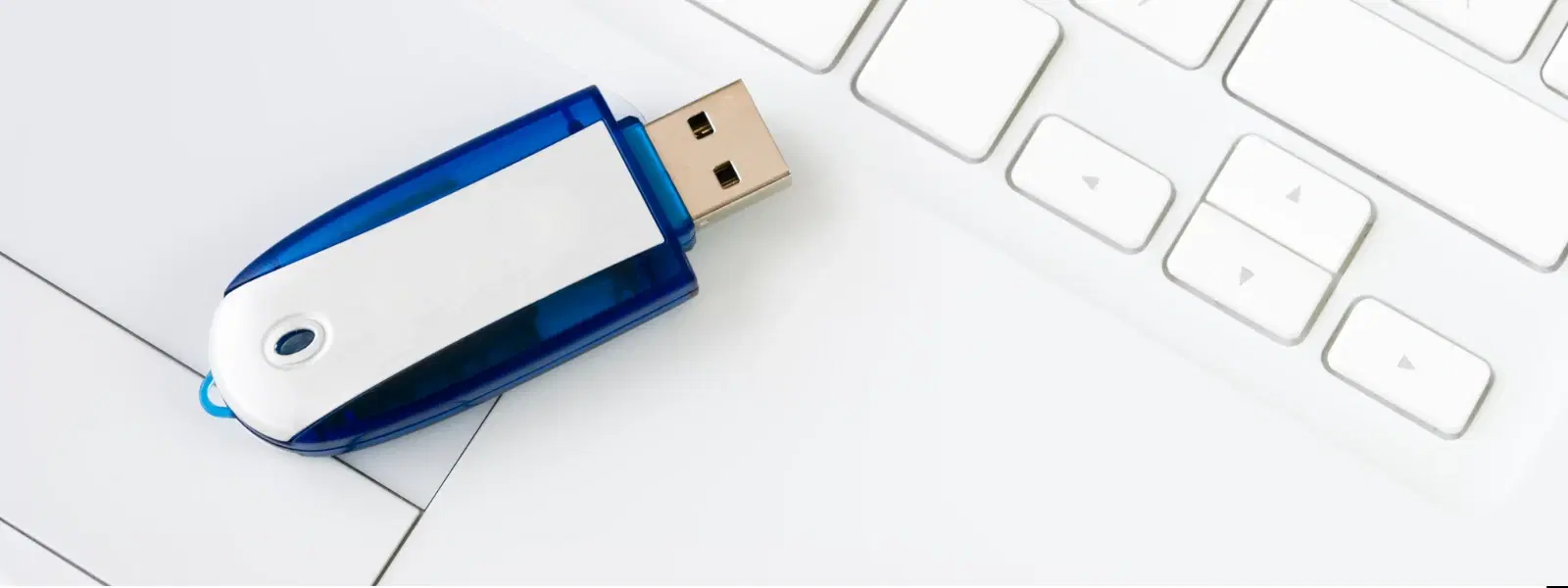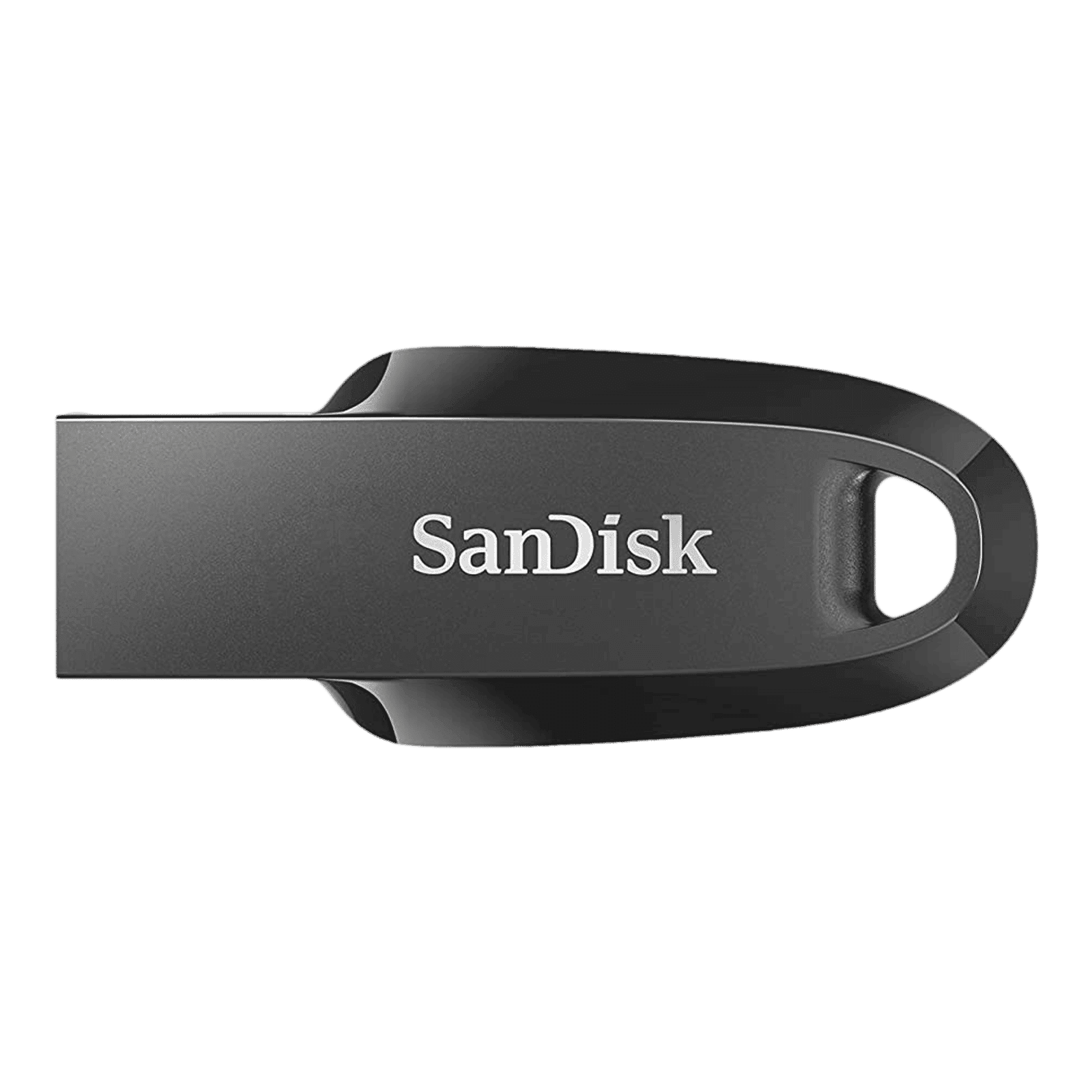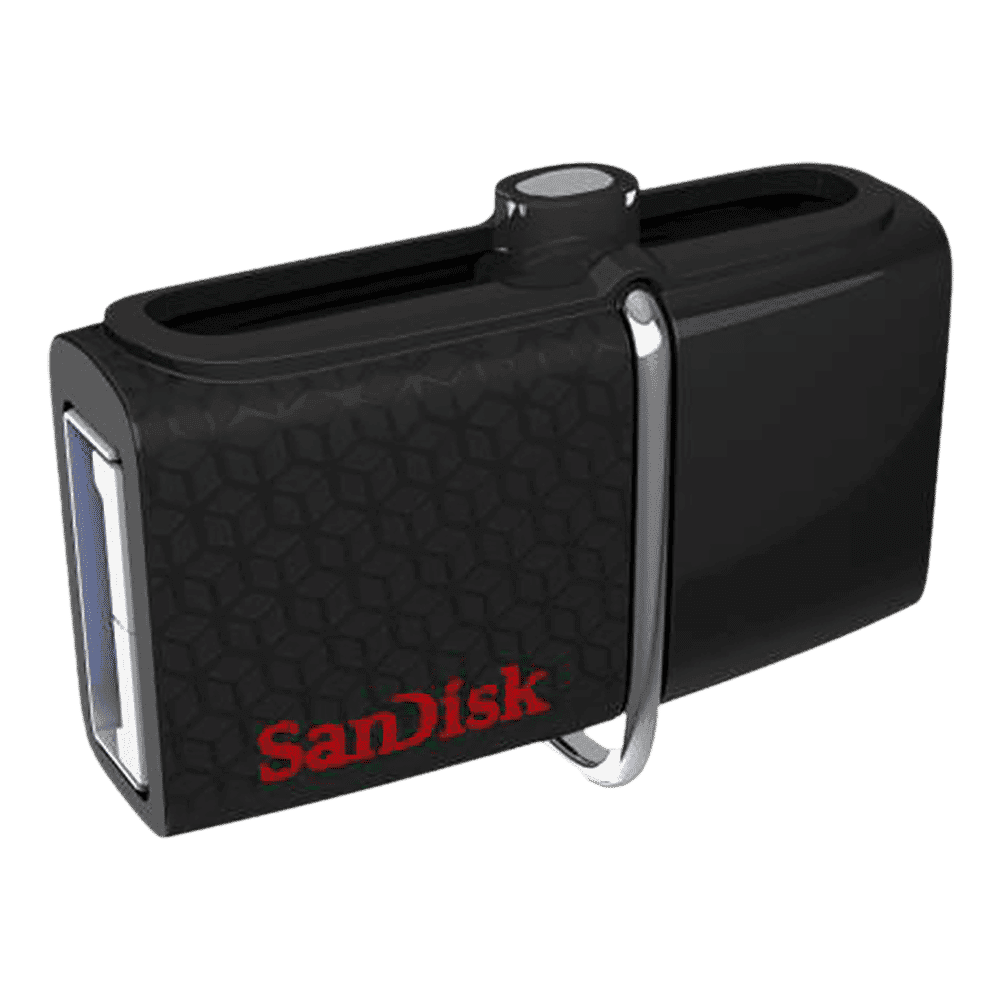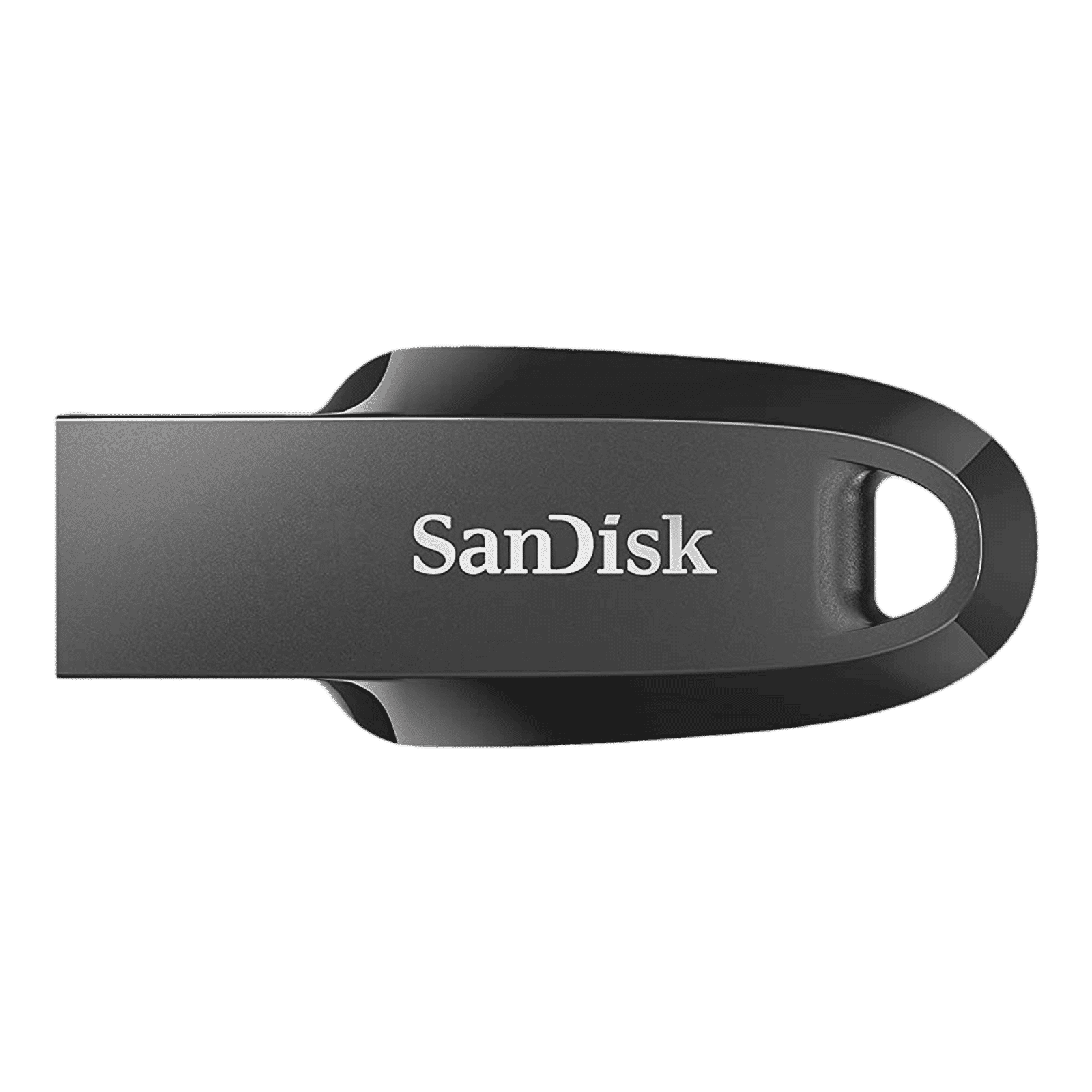
Consumer Electronics
•04 min read

Buy SanDisk Ultra Curve 64GB USB (3.2) Pen Drive (Compact Design, Black ) online at best prices from Croma. Check product details, reviews & more. Shop now!
Imagine a world without the ability to quickly access your favourite photos, work documents, or videos wherever you go. The USB storage device known as a flash drive has revolutionised portable data storage, making it possible to transfer files quickly, securely, and with ease. When shopping for the perfect flash drive, remember that Tata Neu rewards you with NeuCoins on every purchase and offers Express Delivery for orders placed before 6 PM. This checklist will walk you through the essential points to consider when choosing a flash drive, ensuring that you understand what is a flash drive and how flash drives work, while also exploring flash drive uses, flash memory technology, and more.
A flash drive is a small, portable USB storage device that relies on flash memory technology to store your data. It is sometimes simply referred to as a USB drive. The term "flash" comes from the rapid speed at which the device can access stored data. By using NAND flash memory, flash drives provide a reliable and quick way to transfer files anywhere. They are especially appreciated for their compact size and versatility compared to other data storage options.
Flash drives have a wide range of uses. They are widely used for transferring personal files such as documents, photos, and videos. For many, these drives serve as a secure method for storing sensitive files, acting as a portable backup solution. Additionally, tech enthusiasts may use flash drives to boot operating systems or install software during emergencies.
There are many benefits of flash drives. Their lightweight and pocket-friendly design make them a favourite for on-the-go data storage. Compared to traditional hard drives, flash drives tend to be more durable and less affected by everyday wear and tear. They work seamlessly with a variety of devices, including desktops and laptops, making them an indispensable tool in today’s digital era.
Pro Tip: The Versatility of Flash Drives
Did you know? Flash drives can double as emergency boot media for your computer, making them a lifesaver in critical situations. Understanding flash drive uses not only enhances your digital experience but also adds an extra layer of convenience to your tech lifestyle.
When choosing a flash drive, it is important to consider the various types available. USB 2.0, USB 3.0, and USB 3.1 flash drives differ notably in terms of speed and compatibility. While USB 2.0 offers basic functionality, USB 3.0 and later versions provide significantly faster data transfer rates. Many of today’s flash drives now feature USB-C connectors to ensure compatibility with the latest devices. For those dealing with sensitive data, specialised flash drives that feature encryption or even fingerprint protection may be the right fit. Additionally, On-The-Go (OTG) flash drives provide a seamless connection to mobile devices.
Selecting from types of flash drives that match your specific needs, such as high-speed transfers for work or robust security for confidential files, enhances your overall digital experience.

Buy SanDisk Ultra 32GB USB (3.0) Pen Drive (Dual-Connector Design, Black) online at best prices from Croma. Check product details, reviews & more. Shop now!
The capacity of flash drives can range from as little as 2GB to a whopping 1TB or even more, depending on your storage needs. Consider the types of files you frequently handle—whether it’s high-resolution videos, extensive photo libraries, or important documents—when determining the ideal capacity. One must also consider the cost and desired performance when comparing a flash drive vs hard drive. While flash drives excel in portability and durability, there are scenarios where a traditional hard drive might be better suited, especially if a larger overall storage capacity is required.
Understanding how flash drives work can be quite fascinating. Data on these devices is stored using flash memory, specifically NAND flash, which allows for quick data retrieval and storage. The absence of moving parts sets them apart from mechanical storage devices, contributing to their durability and reliability.
When evaluating a flash drive, several key features should be taken into account. The compatibility of the drive is important – some come with USB-C connectors while others use USB-A. If speed is a priority, then opting for a device with USB 3.0 or higher is advisable. Additionally, the security features of some devices – like hardware encryption – offer extra peace of mind, particularly when storing sensitive information.
Before finalising your decision, follow this simple checklist for selecting a flash drive that caters to your unique requirements:
Begin by determining your storage needs – decide whether your usage will be casual, professional or somewhere in between. Reflect on how much data you typically manage and what kind of files require storage. Next, evaluate the speed requirements; if you need fast file transfers regularly, ensure the device supports USB 3.0 or a higher version. Security features are also essential—look for options that include encryption or password protection if safeguarding your data is a priority. The type of connector is another crucial factor; ensure that the drive is compatible with your device, whether it requires USB-C or USB-A. Finally, consider physical durability—if you travel a lot or tend to be on the move, a flash drive with shockproof or even waterproof features might serve you best.
By carefully considering these points, you can confidently select a flash drive that perfectly aligns with your digital storage needs, while enjoying the benefits of a lightweight, dependable solution for portable data storage.

Buy SanDisk Ultra Curve 32GB USB (3.2) Pen Drive (Compact Design, Black ) online at best prices from Croma. Check product details, reviews & more. Shop now!
A flash drive is a type of USB storage device that utilises flash memory to retain data, whereas 'USB' indicates the interface type used to connect such devices.
The name comes from the flash memory technology that enables rapid data storage and retrieval, making the device both fast and efficient.
A flash drive is a storage device that uses flash memory to hold data even when the device is not powered.
Flash drives are portable and use flash memory for storing data, making them faster, more durable, and smaller in size. Traditional hard drives, on the other hand, offer higher storage capacities and are better suited for stationary use, but they rely on mechanical parts which make them more susceptible to damage.
In summary, flash drives serve as an essential tool in modern digital life by offering a blend of speed, capacity, and reliability. By understanding the basics of how flash drives work, the various types available, and the benefits they provide, you are better equipped to choose a flash drive that fits your data storage needs. Whether you are a student, young professional, or tech enthusiast, taking the time to learn about what is a flash drive and exploring its features can truly simplify your daily tech interactions and elevate your overall digital experience.